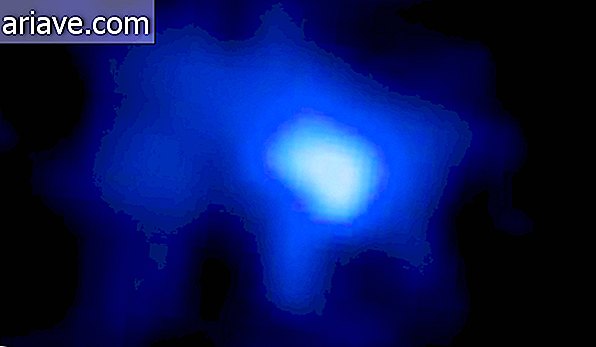HIV: Second gene mutation that makes cells immune to virus discovered
Once called the "modern scourge" of humanity, AIDS remains incurable, but the certainty that this is not an unchanging truth has come unexpectedly to Spanish researchers. A rare genetic mutation, present in a hundred people with a muscle disease, causes immunity against the HIV virus.
The revelation was made on July 26 by researchers from the Carlos III Health Institute in Madrid. The first mutation discovered is present in the CCR5 gene, is rare and was detected in Timothy Brown, a former seropositive, the first human to be cured of AIDS. After undergoing experimental stem cell leukemia treatment from an HIV-resistant donor, he found himself free of the virus because of the immunity gained from the procedure.
In addition to CCR5, the mutation affects the even rarer gene known as Transportin 3 (TNPO3), which causes muscular dystrophy of type 1F girdles. The group of doctors researching TNPO3 in an affected Spanish family realized that there was a team of geneticists studying the same gene and its role in HIV infection (which carries the virus into cells).

Natural resistance to the virus
The group of geneticists infected blood samples from the Spanish TNPO3 carrier family, and what was seen in the lab was that their limb lymphocytes are resistant to the virus, which cannot infect them.
Carlos III Institute virologist and research leader Jose Alcami told AFP, "There are still many things about HIV that we do not know, such as why 5% of infected patients do not develop the disease. There are resistance mechanisms to the infection that we still cannot fully understand ".
HIV: Discovery of second gene mutation that makes cells immune to the virus via TecMundo











